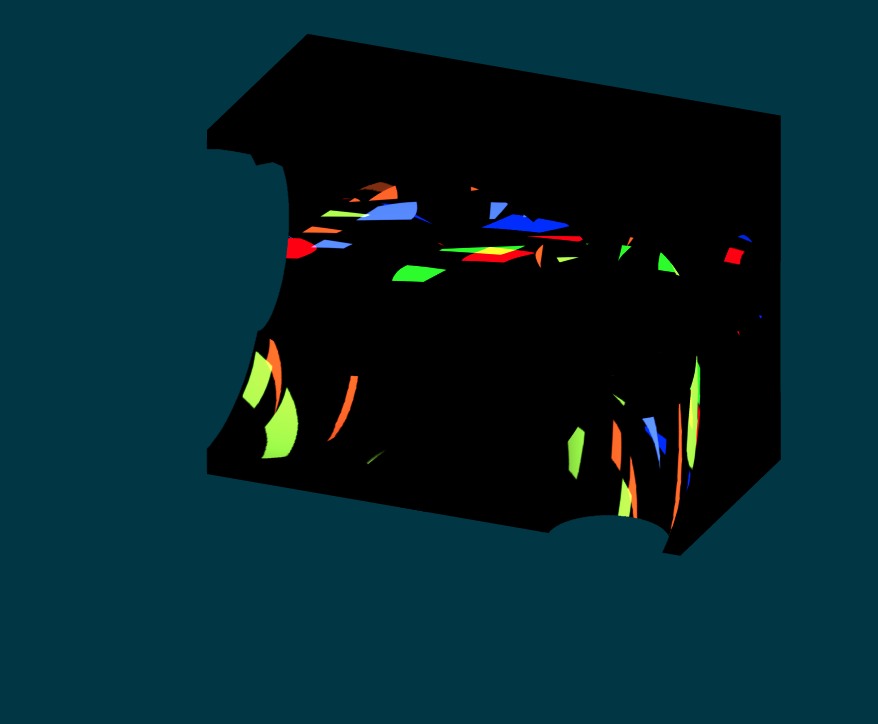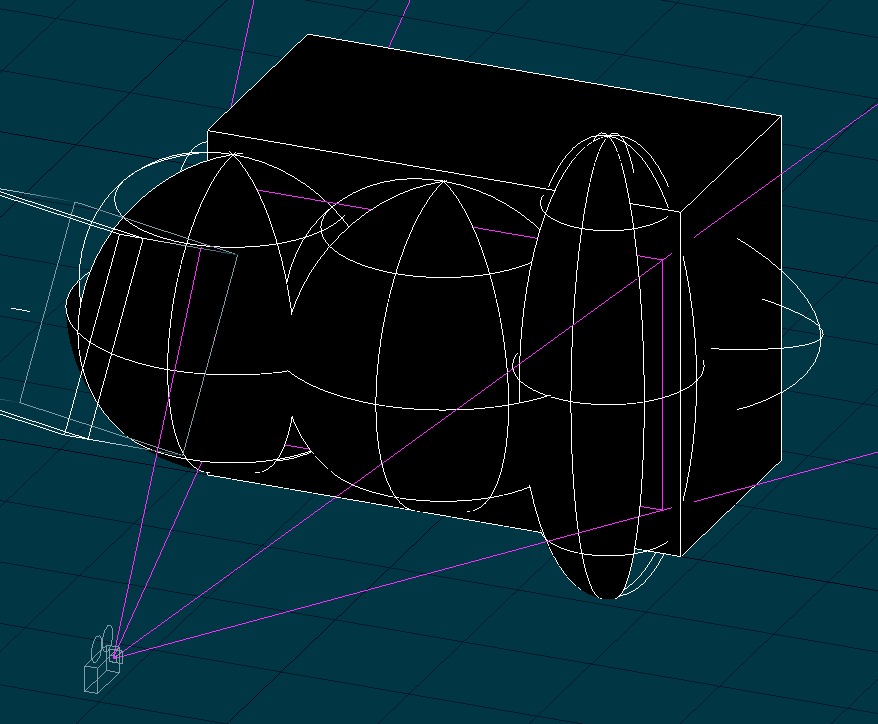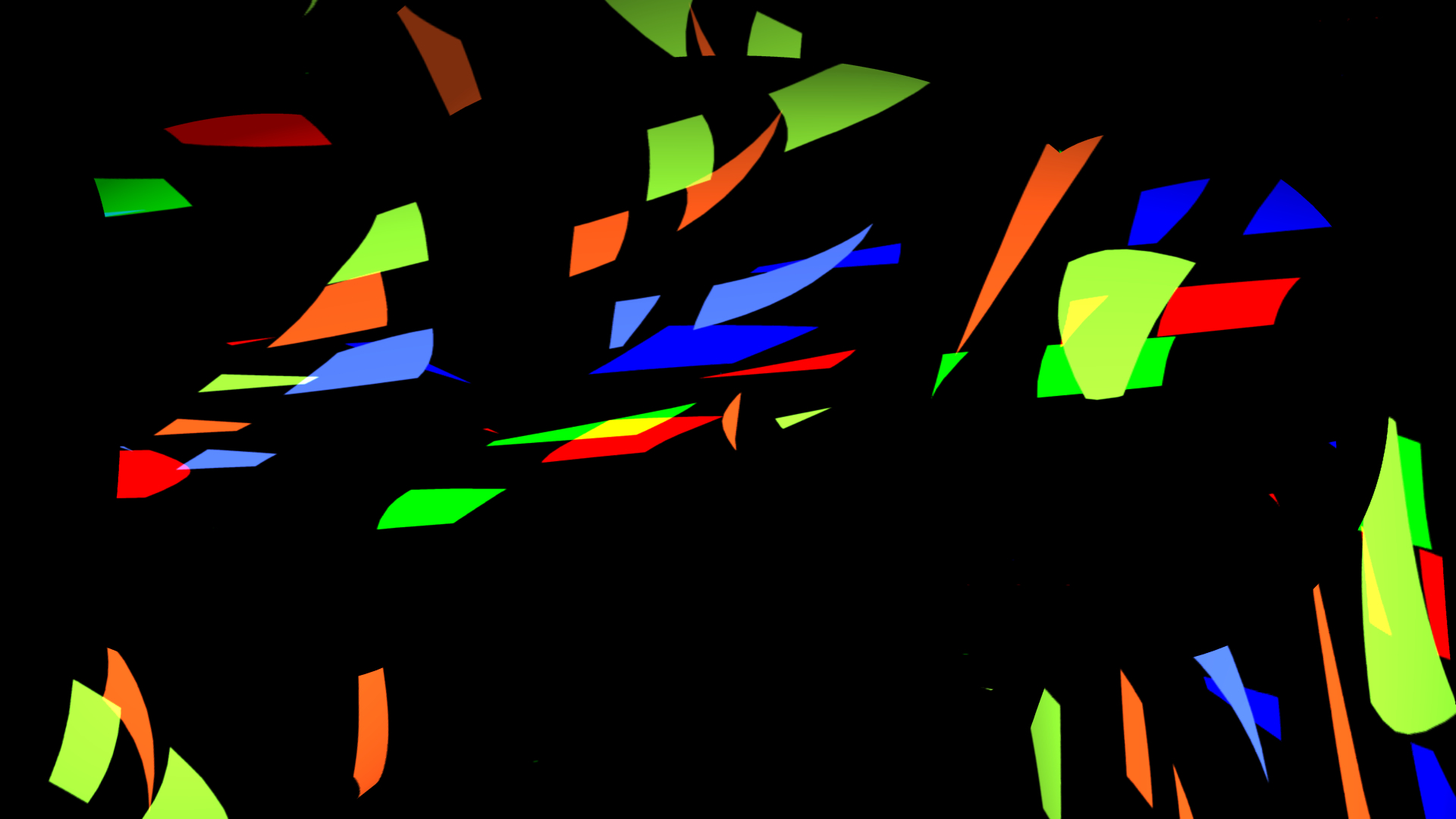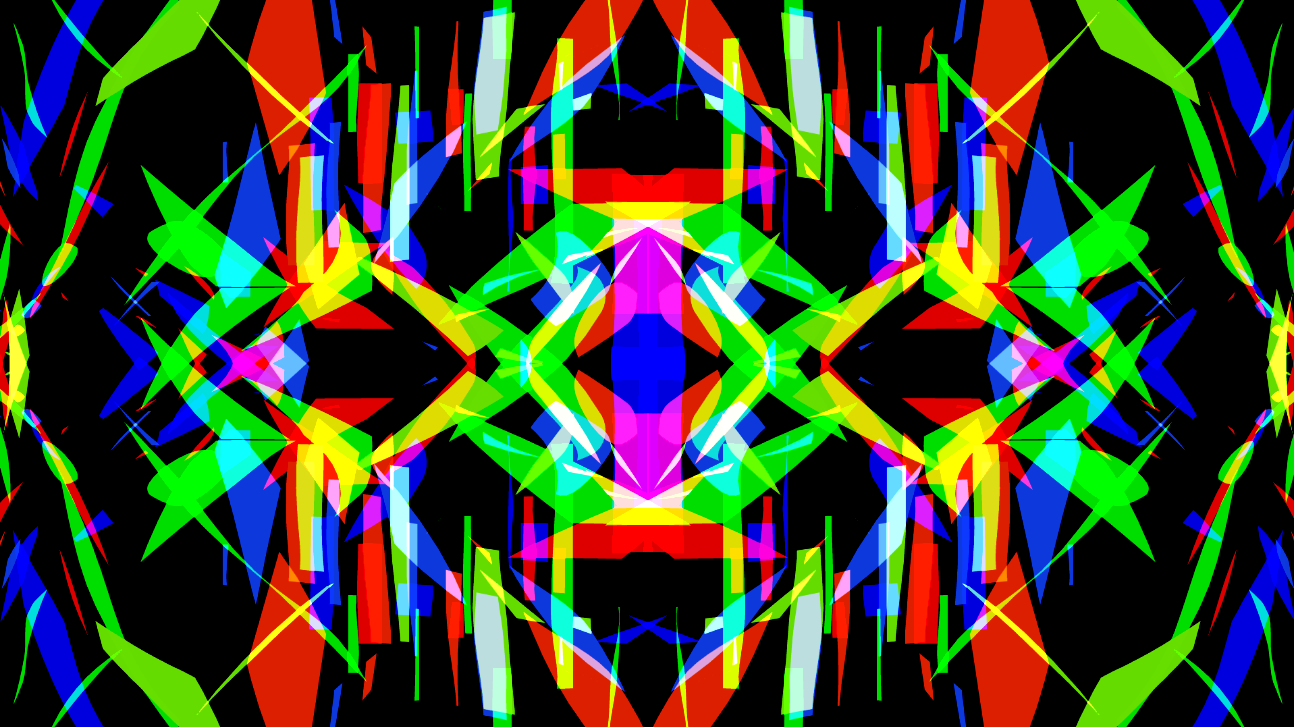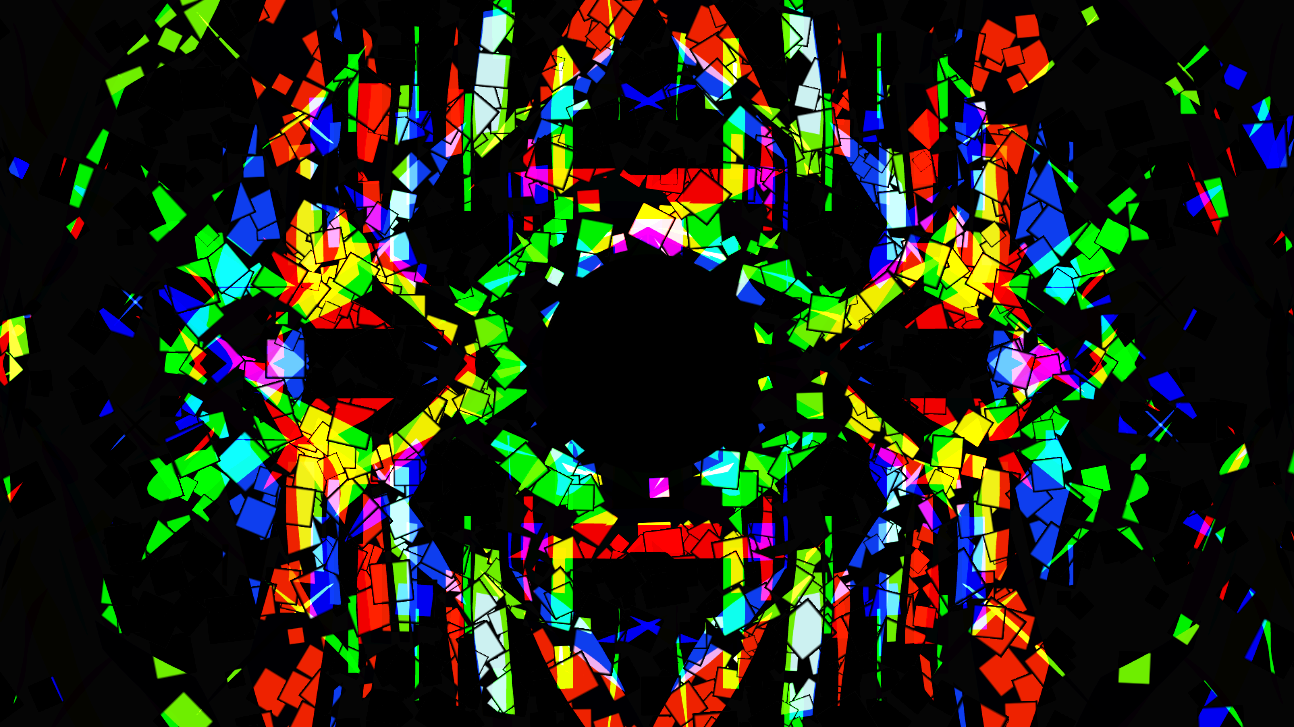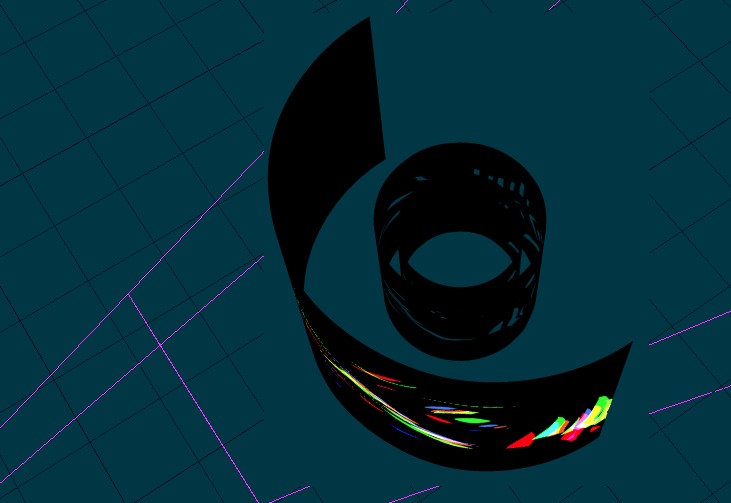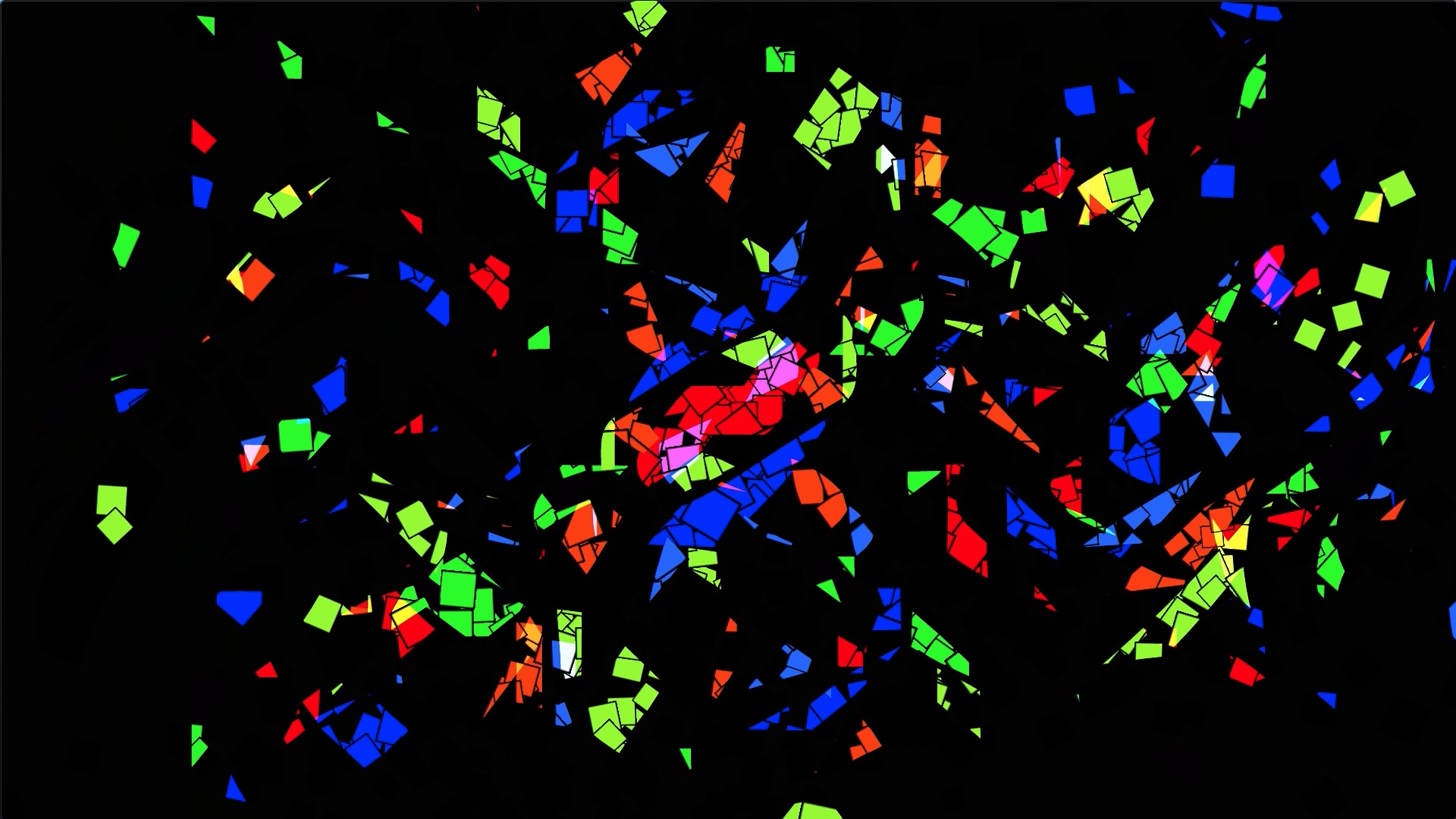
fraizer
*A:M User*-
Posts
22 -
Joined
-
Last visited
-
Days Won
4
fraizer last won the day on March 27 2021
fraizer had the most liked content!
Previous Fields
-
A:M version
v17
-
Hardware Platform
Macintosh
-
System Description
G4 OS10.8.2 1GHz 1GB-RAM
Recent Profile Visitors
The recent visitors block is disabled and is not being shown to other users.
fraizer's Achievements

New User (2/10)
11
Reputation
-
Thanks, Robert. I was not sure this technique would work. When it did, I was very happy with the result. Opens up a lot of visual possibilities.
-
fraizer started following Prehistoric! Image Contest! Deadline December 20! , Prismatic Dance — Boolean Cutters, No Sprites , Prismatic Iris and 1 other
-
Third and perhaps final movie in the Prismatic series, Prismatic Dance is made from one video clip and an audio track. No sprites in this movie. The single model used in the choreography is a simple block shape with 4 spheres. The same light-box color pattern (TGA image sequence) from the other Prismatic movies is decaled onto each of the spheres. The spheres are Boolean cutters. As the spheres move, grow, and shrink over the course of the animation, they transfer the color patterns to the carved out surfaces of the block. Here is a wireframe/shaded birds-eye view of the cho 2 minutes into the animation: Here is a render of the same view showing the carving of the block: And the resulting frame rendered by the camera: The soundtrack is another generative music composition made in LogicPro. The piece uses the same orchestral instruments and effects processing as Fracture and Iris. It is in the Key of Eb Minor and has no accidentals. Each chord is made up of the 7 notes of the key, or in some cases 2 and even 3 octaves of notes. While this piece has a melodic/harmonic sound, it also has a darker, moody quality characteristic of Minor Keys. This piece has even more musical structure than Iris, created by resting groups of instruments over many bars — and even resting all instruments but one to force a solo effect. As with Fracture and Iris, a Probability Gate is applied to each note of each chord in each instrument track to determine whether or not a particular note will sound. Here is the YouTube link to Prismatic Dance: https://youtu.be/LLuu1to9EgM Best to all, Joseph
-
You got it, Robert. A small cheat to provide better definition of the iris by introducing a "pupil," a black circle that grows over the duration of the movie. It is composited on the top of the clip stack.
-
Similar to Prismatic Fracture, this movie is composited from two clips made in A:M. The first clip (the color pattern) is the same as was used in Fracture. It is used in four tracks in DaVinci Resolve. The bottom track is the base clip with Composite mode = Normal. Tracks 2, 3, and 4 are this clip image-flipped horizontally, vertically, and horizontally/vertically with Composite mode = Add to achieve a symmetrical image: The second clip (the black and white pattern) uses the same black-edged white square sprite as Fracture, but the emitter is a truncated cone. The resulting image has a large-scale symmetry while having an asymmetrical feel created by randomizing lifetime, size, orientation/spin, etc., of the sprites, and this not-quite-symmetrical sprite image breaks the symmetry of the color image: The sprite clip is on top of the color clips with Composite mode = Multiply. A frame from the final movie: The soundtrack is another generative music composition made in LogicPro. The piece uses the same orchestral instruments and effects processing as Fracture. It is written in the Key of C and has no accidentals. Each chord is made up of the 7 notes of the key, or in some cases 2 and even 3 octaves of notes. Unlike the atonal quality of Fracture, this piece has a melodic/harmonic sound. Additionally, I gave this piece more musical structure by resting groups of instruments over several/many bars at a time which creates a shifting density of sound as well as varying musical color/timbre. As with Fracture, a Probability Gate is applied to each note of each chord in each instrument track to determine whether or not a particular note will sound. If you are sensing a pattern here, you are correct. I have one more prismatic movie in the works. No sprites and a very different way of manipulating the color clip. Coming soon. Here is the YouTube link to Prismatic Iris: https://youtu.be/ENRd7JDjJJk Best to all, Joseph
-
Excellent. The graphic I was attempting to use as a cut-out was inspired by Matisse; I thought that would be a fun item to spin around with pretty colors. But way to complex to model. To your comment about the music, if you or anyone else is interested in more detail on the compositional method, please let me know.
-
Roger, thank you for your comment. There are a number of other movies on my YT channel that were made with A:M, all or in part. Please feel free to look around. Best. Robert, I will dig up the cookie-cut attempts and review. This work was done in v.17, the latest version I have. Should I send you a project file to test for the issue before posting a bug report? Perhaps v.19 does not have this problem. Or I just did not do something correctly... Joseph
-
Robcat spotted this movie on my YouTube channel and suggested I post it to the Forum. The movie is composited from two clips made in A:M. First clip (the color pattern): Years ago I made light boxes using Xmas lights on posts that supported cylinders with cutout patterns; the tops of the cylinders were vaned so heat rising from the lights drove the rotation of the cylinders. The light patterns were projected onto a sheet of translucent plastic. Recently I got to thinking about light boxes and wondered if I could simulate the mechanism in A:M. After some trial and error — that being trying to find a method for doing the cutouts without actually modeling each hole and discovering that while a cookie cutter map would perforate the cylinders, light would not pass through and appear on the projection screen; perhaps someone knows why? — I modeled the cylinders using the brute-force method, lots of CPs and splines. The choreography is simple. Two cylinders, one within the other rotating in opposite directions, with red, blue, and green lights inside the cylinders, and a screen to receive the projected lights. I set the rotation speeds for the cylinders so that it takes more than 10 minutes before the exact same pattern repeats. Here are birds-eye view captures from A:M showing a wire-frame of the cho set-up, a render of the set-up, and a frame from the resulting movie: While the colors and patterns are pretty and the simulation is quite representative of the light boxes I used to make, I wondered if I could get something more visually interesting. Second clip (the black and white pattern): I decided to experiment with sprites. I made a simple white square and modeled an emitter to spin the sprites outward. The result was a little too clumpy. I put a black edge on the white square and got a much more interesting look. Rendered with Alpha channel = Off. Here is a frame: I edited the final movie in DaVinci Resolve with the sprite clip on top of the color clip and Composite mode set to Multiply. Here is a frame from the movie: The soundtrack is a generative music composition I made in LogicPro. The piece uses standard orchestral instruments with some effects processing — reverb, delay, etc. — and a quasi-12 tone compositional approach. Each chord in the piece is made up of the 12 notes of the chromatic scale, or in some cases 2 and even 3 octaves of notes. A Probability Gate is applied to each note of each chord in each instrument track to determine whether or not a particular note will sound. With a sufficiently low probability value, the likelihood of hearing the same music twice is vanishingly small. The movie is intended to give a pleasant audio-visual experience inducing a feeling of stasis, motion without progress, evolution without advancement, calmness, trance, even a semi-visionary state of consciousness. Or boredom, perhaps. Here is the YouTube link to "Prismatic Fracture": https://youtu.be/Em6VyzsNcgc Best to all, Joseph
-
Planes Trains Automobiles Image Contest Results!
fraizer replied to robcat2075's topic in Contests/Challenges
Congrats to the winners and thanks to Robert running the contest and making the entertaining video. -
Theo Jansen - Strandbeest - Rigging the Leg Mechanism?
fraizer replied to fraizer's topic in A:M Rigging
And provided some additional excellent detail. Thank you. -
Theo Jansen - Strandbeest - Rigging the Leg Mechanism?
fraizer replied to fraizer's topic in A:M Rigging
Used to have a lot of Windows expertise, but no longer. The following is Mac-related. In A:M, I always render to a TGA sequence. If the program crashes mid-render, I can pick up where it crashed; no lost render (the .MOV) or render time. The format for render is selected in Camera settings, under Output Options. QT Pro7 is my workhorse for assembling the TGAs into a clip. QT Pro7 supports many output formats for clips. Usually I use the Animation codec as it preserves the Alpha channel (Colors = Millions+); also, by selecting Keyframe = All, the clip is essentially full quality, uncompressed. Other programs can perform these functions, but the work is really easy to do in QT Pro7. I do a lot of work in version 15, as well as version 17. From my perspective, v15 has aged quite well. -
Theo Jansen - Strandbeest - Rigging the Leg Mechanism?
fraizer replied to fraizer's topic in A:M Rigging
YouTube it is. Here is the link: https://youtu.be/yLnrZywVnbA Sorry about the misfires... If anyone can provide a Mac-based workflow for reliably producing videos that will play in the forum -- much appreciated. -
Theo Jansen - Strandbeest - Rigging the Leg Mechanism?
fraizer replied to fraizer's topic in A:M Rigging
I am puzzled too. Usually these things "just work." I cannot effectively test other formats, etc., because everything works for me in my browser (Safari). -
Theo Jansen - Strandbeest - Rigging the Leg Mechanism?
fraizer replied to fraizer's topic in A:M Rigging
TGA sequence was exported from Quicktime 7Pro compressed as MPEG-4 video. "Prepare for internet streaming" set to Fast Start. Default extension is MOV. I changed the extension to MP4. Does play for me. -
Theo Jansen - Strandbeest - Rigging the Leg Mechanism?
fraizer replied to fraizer's topic in A:M Rigging
Extension changed. Seems to work?...? Rhino-Beest-gait2.mp4
